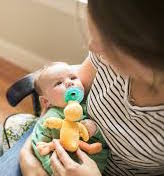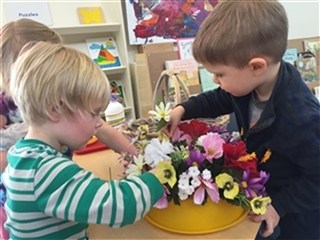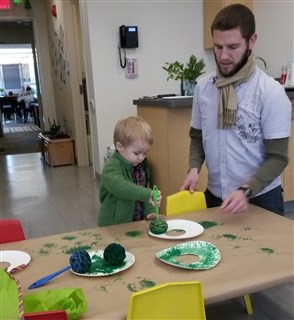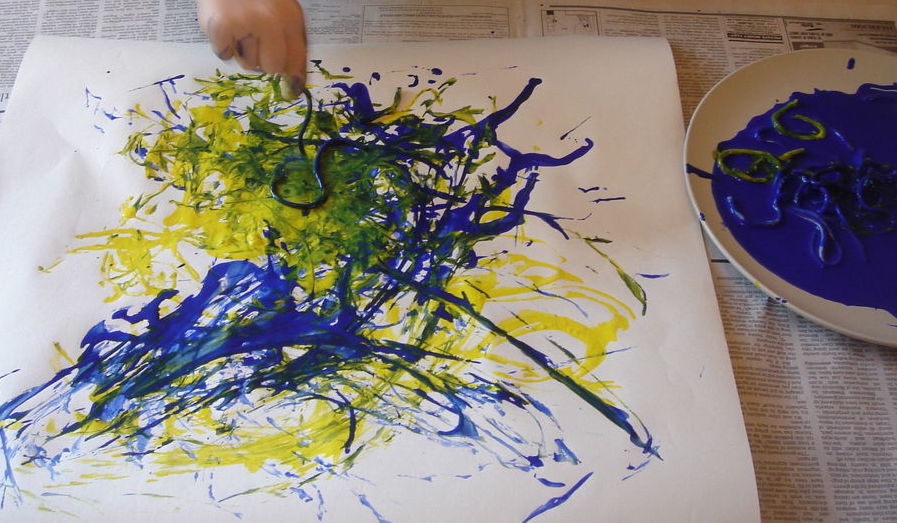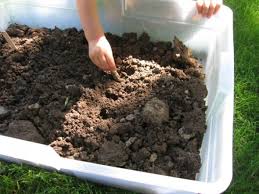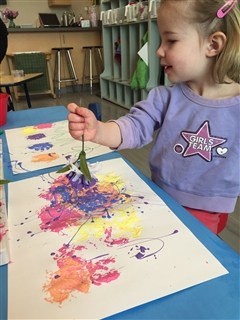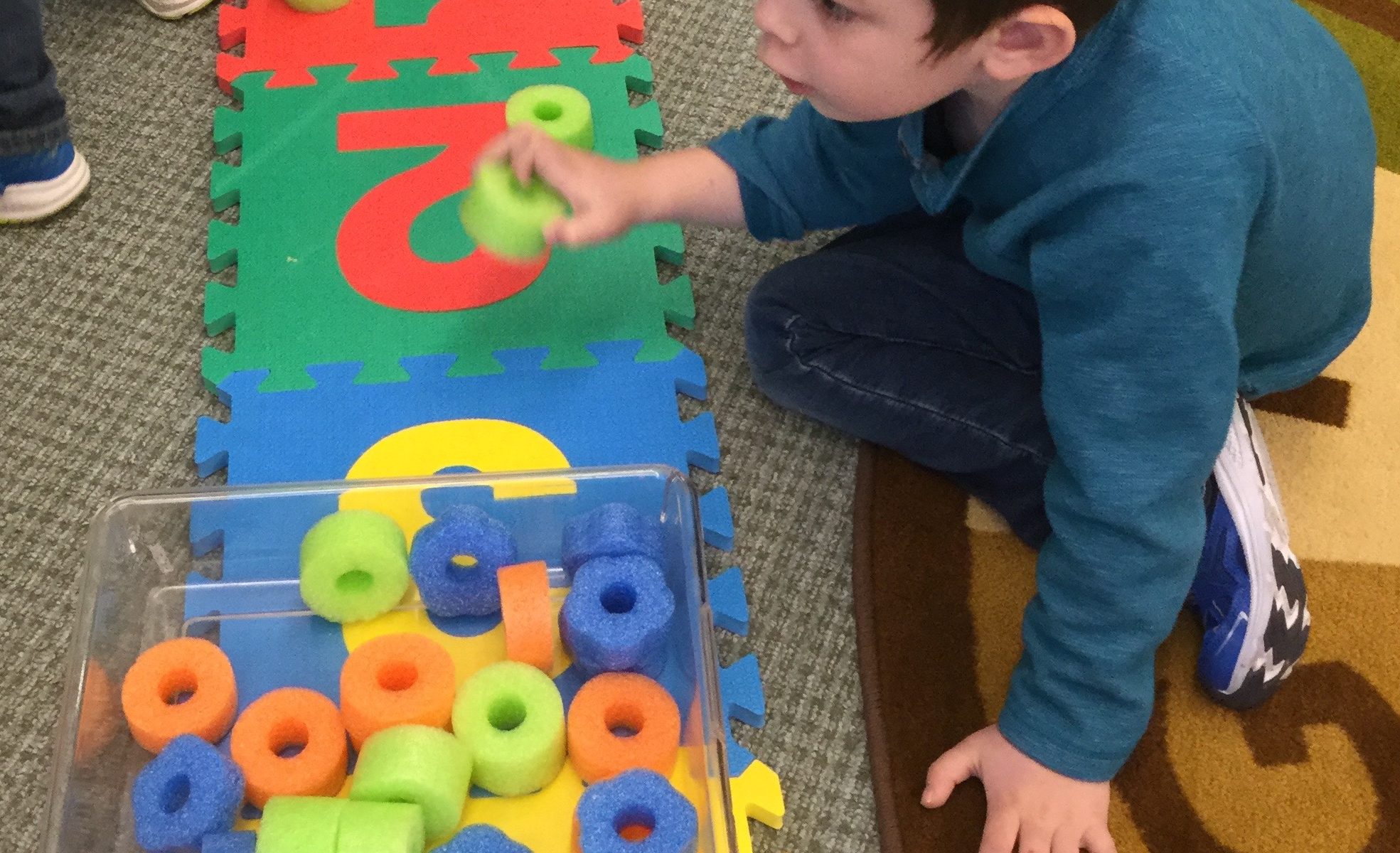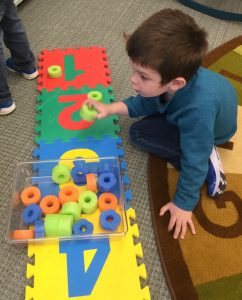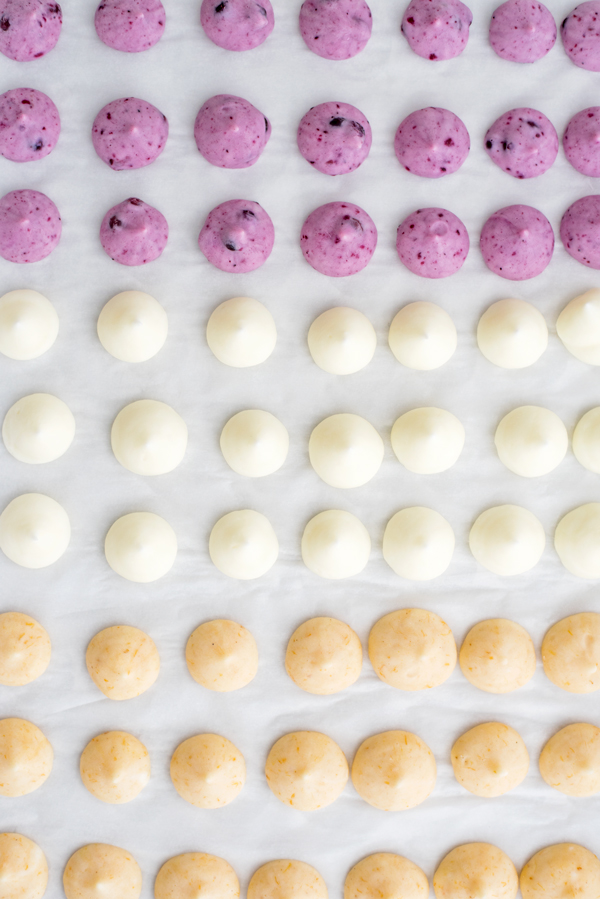The first six months with your baby is a special, precious time, as your baby transforms from a floppy-headed newborn into a tiny person who can sit and play when propped up. While babies will develop at their own pace, there are ways you can encourage their growth.
Some games and activities include:
1. LISTENING
What to do: Sing and talk to your child using exaggerated tones of voice. Watch your baby’s facial expressions and see how he reacts to different pitches.
Skills learned: Language development
2. TRACKING
Materials needed: A small, soft, colorful toy, like a sponge ball or stuffed animal.
What to do: While your baby is lying on her back, hold the toy in front of her face and, if needed, wiggle it slowly or gently touch her with it to get her attention. Then move the toy from side to side, and encourage her to follow along with her eyes.
Skills learned: Visual tracking, visual development
3. DANCING
Materials needed: Music
What to do: Put on one of your favorite songs and, while holding your baby securely to your chest, gently move around together in time to the music.
Skills learned: Listening. Dancing also encourages an interest in music and strengthens bonding with the parent.
4. SINGING
What to do: Next time your little one is having a meltdown or resisting a nap, sing him a hymn or lullaby in a soothing voice.
Skills learned: Listening, emotional regulation
5. REFLECTIONS
Materials needed: Baby-safe mirror
What to do: Show your baby her reflection in the mirror, then ask, “Who is that?” Repeat with your own reflection and a sibling’s or a stuffed animal’s.
Skills learned: Visual, social, and emotional development
6. BABY SIT-UPS
What to do: If your baby has good head control, lay him on his back, place your hands under his arms, and gently guide him into a sitting position. As he gains muscle tone and strength, do these sit-ups by holding his hands and slowly bringing him to sit.
Skills learned: Motor skills, head control
7. FOLLOW THE LEADER
What to do: See how many actions your child can imitate in a row by tapping the table, opening and closing your hands, clapping, and waving. Tip: Start with something your baby is already doing, like banging a fist on the table.
Variations: Increase the challenge by adding new and more complex movements, but pay attention to your baby’s reactions. Scale back if she seems frustrated—the activity should be fun.
Skills learned: Imitation, back-and-forth conversation, memory
8. FLYING
What to do: Lay your baby tummy-down across your lap, and place your hands around his midsection so he’s fully supported. Then gently lift him up and move him up, down, back, and forth, like a rocket jetting into space. For extra giggles, add sound effects. This activity allows your baby to see the world from a different perspective, and there’s a gleeful aspect to that.
Skills learned: Body movement and stimulation
9. KICKING
Materials needed: Tissue paper
What to do: Tuck one or two sheets of new or used tissue paper under the cushion of a sofa or upholstered chair so that it hangs down to the floor like a curtain. Remove baby’s socks, and place her on her back, with her feet against the tissue and her knees slightly bent. Gently rustle the paper with your hand or tap her feet against it. Watch as your baby learns to play the game on her own.
Skills learned: Body awareness, cause and effect, sensory integration
11. GRABBING BASKET
Materials needed: Empty paper towel or toilet paper tubes cut into 1- to 2-inch rings, a low basket or a shallow pan
What to do: Fill the basket or pan with the paper tube rings, and place it in front of your baby while she’s in tummy time, propped on a pillow, or sitting on your lap with hands free to play. Encourage her to push and bump her hands up against the rings or use use the wall of the container to help her grasp them.
Variations: Swap out the cut tubes with ribbon strips or bath puffs to provide a different tactile sensation. (Always keep eyes on your baby and keep her within arm’s reach when using ribbons.) Golf balls are another fun filler, as they make a great noise when placed in a metal pan.
Skills learned: Grasp and release, tactile stimulation, hand-eye coordination

